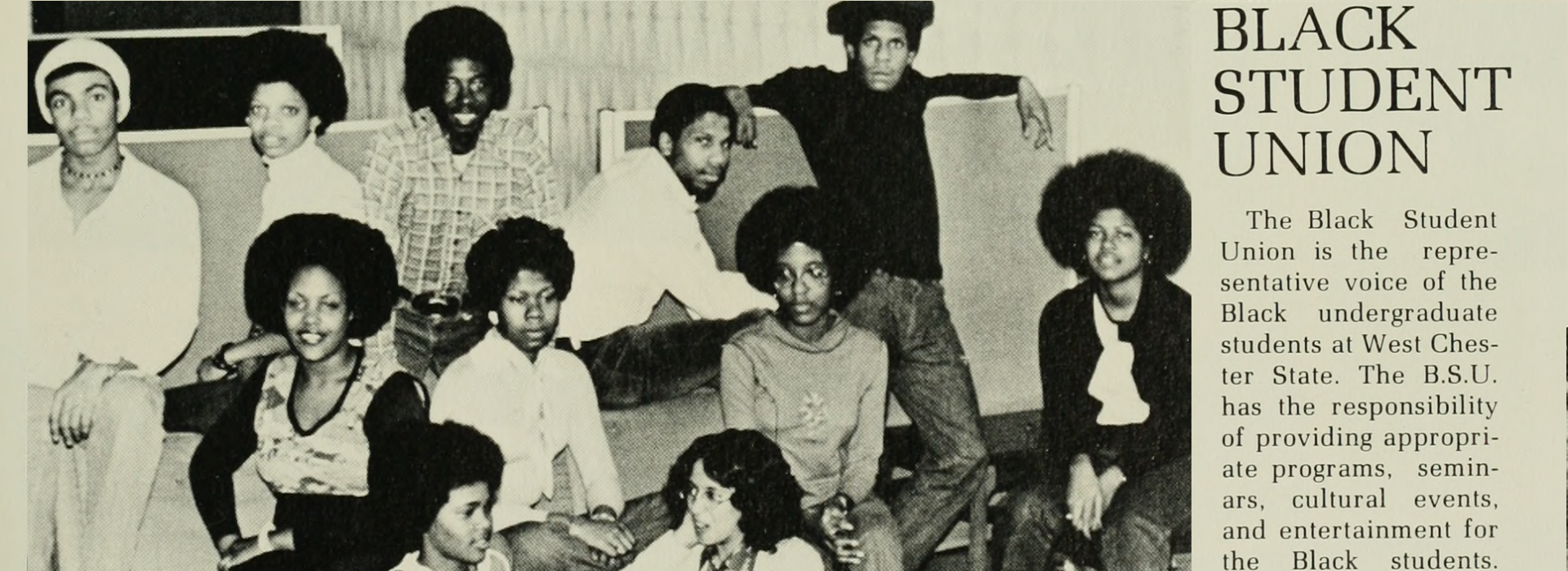Presentations provide the opportunity for student-driven and student-centered discussion, add to the diversity of perspectives in the class, and offer and opportunity to develop expertise throughout participation in the class.
Each student will offer three oral presentations (3-5 min) that will guide the class in a student-centered way. The first presentation (occuring in weeks 3, 4, and 5) will address the assigned reading scheduled for that class. The second and third presentations will address archival research artifacts (weeks 6-12).
Requirements
You can present individually or collaboratively; either way, the presentation must fit within the allotted time (3 minutes minimum to 5 minutes max per person). There’s a spreadsheet that coordinates presenters to allow individuals to avoid duplicating presentations and form teams. If you choose to present individually, make sure there is no overlap in material with other presenters. Otherwise, collaborate and co-present on the material. In either case, communicate with each other to ensure the best coverage of the material. There should be a slideshow structuring your presentation, shared with the class via our shared folder. Use embedded links to help engage with your peers. Your presentations should follow this general model:
- Summarize (30 secs-1.5min)
- Analyze (1.5-2.5 min)
- Questions for Interpretation/discussion (30 secs-1min)
One presentation will focus on the assigned reading for that day. For that presentation, you are responsible for picking a specific aspect of the text for analysis and to ensure no duplication. After summarizing the text’s important points, analyze your selection in a way that provokes curiosity, conveys understanding, highlights ambiguity, etc. End with questions that will help your classmates productively discuss the text.
Two presentations will focus on items from your research in the archives. For this presentation, you are responsible for picking a specific artifact from your research for analysis, ensuring no duplication. After selecting the item and ensuring that it is entered into our shared archival system (so everyone can access it), your presentation should (1) summarize and describe the selected object and convey the relevant details about the object (who, what, where, when, how). (2) After summarizing the item, you should analyze the selection and relate the item to other items, themes, and/or texts in order to advance an interpretation. (3) Your presentation should end by preparing questions that provoke subsequent discussion.
Process
Presentations can be individual or collaborative. On our shared spreadsheet, you must identify the item for your presentation 48 hours in advance of the presentation. A slideshow must be shared by 11:59 pm on the day before your presentation. You may continue to edit and revise your presentation after the draft slideshow is shared, but presenters should use the slideshows and the spreadsheet to ensure that there is no duplication.
Grading
Your presentation will be graded exclusively on preparation (selection of item to present, organization of information, drafting the presentation for the required time, analysis & interpretation of objects, and provoking thoughtful discussion). You will not be graded on delivery (public speaking guidelines like the use of cards/notes, eye contact, authoritative tone, nervousness, etc). We will use three grades for presentations: Successful presentations will receive an A 100%; marginal presentations will receive a C 70%; and unsuccessful presentations will receive an F. If you score an A on a subsequent presentation, we will replace one earlier grade with a later grade.
Please sign up in the first week of class for your oral presentations. Note: you are encouraged to “double dip” your reading responses, weekly research, and oral presentations.
